Bloom
Bloom
Einführung zu Bloom
Wenn wir über Stahlproduktion und -handel sprechen, kommt der Begriff Bloom ins Spiel. Aber was genau ist ein Bloom?
Verständnis von Bloom
Ein Bloom ist ein semi-fertiges Stahlprodukt. Es wird in Bloom-Fräsen oder Bloom-Gießereien hergestellt. Dieses Produkt hat einen quadratischen Querschnitt. Die Seitenlänge ist üblicherweise viel kleiner als die Länge.
Detaillierte Beschreibung von Bloom
Das Stück Stahl, das als Bloom bezeichnet wird, hat gewöhnlich eine quadratische Form. Dies unterscheidet es von anderen semi-fertigen Stahlprodukten. Die Seitenlängen variieren zwischen 150-400 mm, und die Länge ist normalerweise mehrere Meter.
Verwendung von Bloom im Stahlhandel
Ein Bloom hat in der Stahlindustrie eine entscheidende Rolle. Es hilft beim genaueren Formen von Stahl. Bloom kann weiter zu Walzdraht, Stäben, großen Rohren, Schienen und anderen Strukturen verarbeitet werden.
Zusammenfassung
Der Begriff Bloom ist wichtig für alle, die in Stahlproduktion und -handel arbeiten. Es handelt sich um ein semi-fertiges Stahlprodukt mit einer quadratischen Form. Die zentrale Rolle von Bloom ermöglicht es, eine Vielzahl von Stahlprodukten herzustellen.
Blog Posts with the term: Bloom
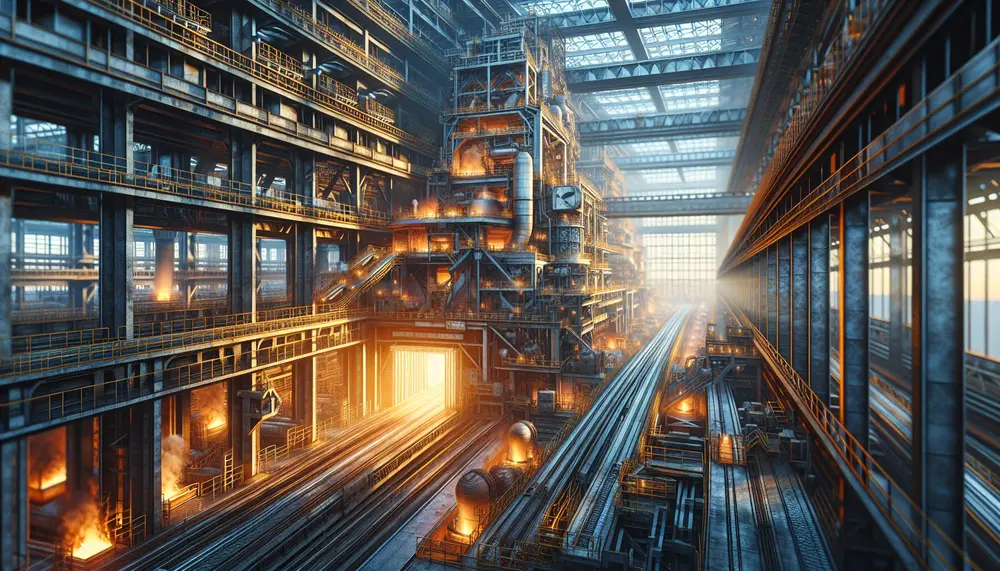
Steel making is a sophisticated process that turns iron ore into steel, involving methods like the Blast Furnace and Electric Arc Furnace to produce various grades of steel. The industry emphasizes sustainability by using additives and recycled materials while ensuring...
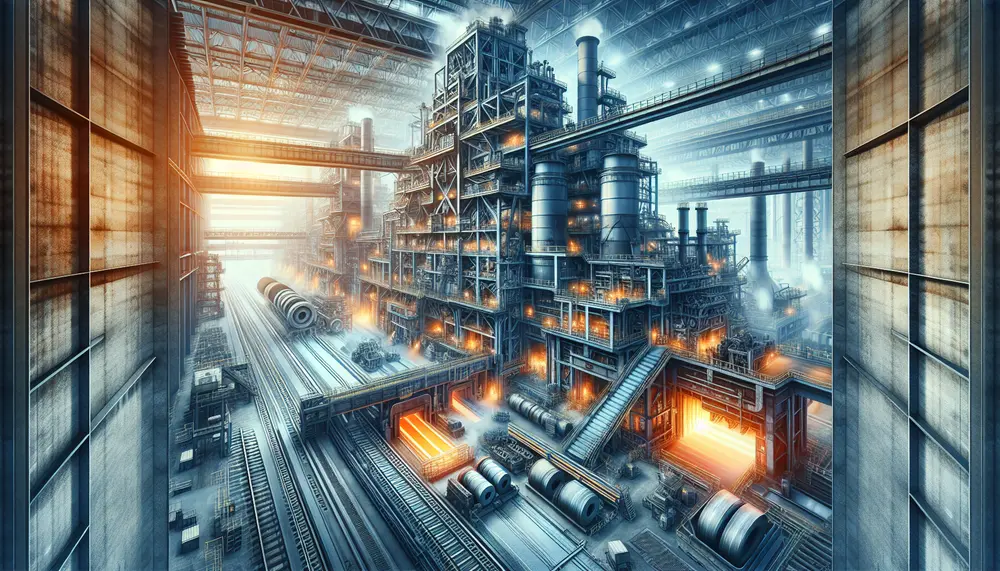
The article provides an overview of the steel making process, detailing how raw materials like iron ore, coke, and limestone are transformed into versatile and durable steel through a complex series of steps depicted in a flow diagram. It discusses...
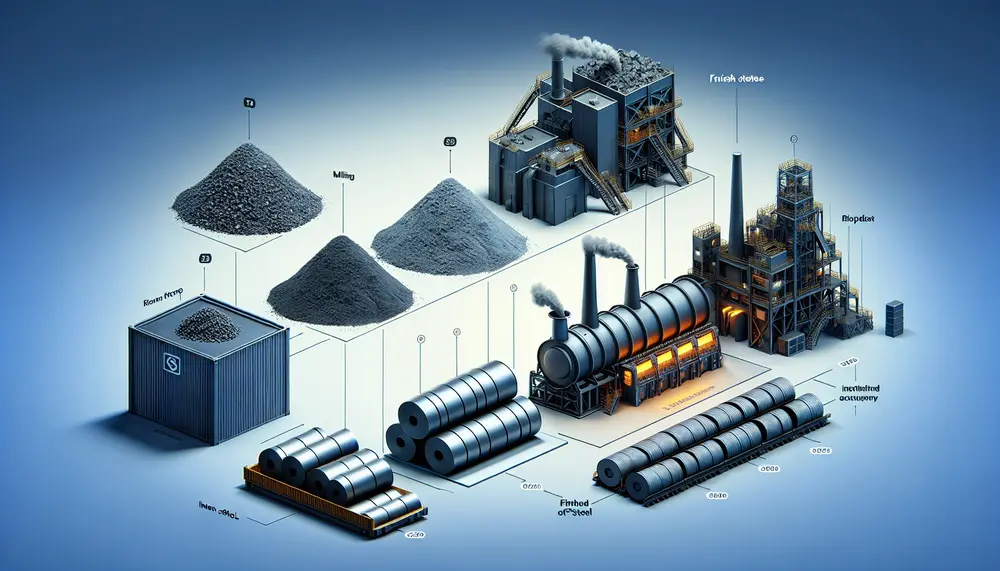
The steelmaking value chain is a complex process that transforms raw materials like iron ore, coking coal, and limestone into high-quality steel through strategic steps involving technological innovation to optimize efficiency and reduce environmental impact. Understanding this value chain helps...
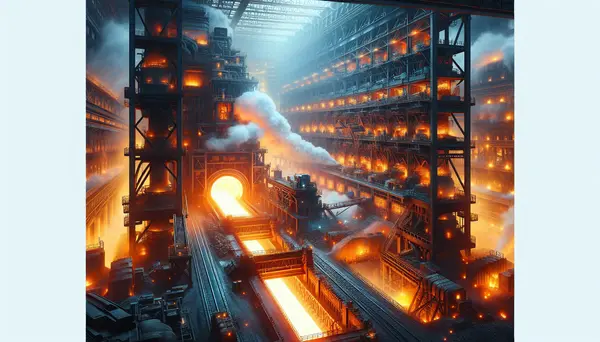
Steel, an alloy primarily composed of iron and carbon, is a crucial material in modern construction and manufacturing due to its strength, flexibility, and durability. The process of making steel involves extracting iron ore, purifying it through beneficiation processes, smelting...
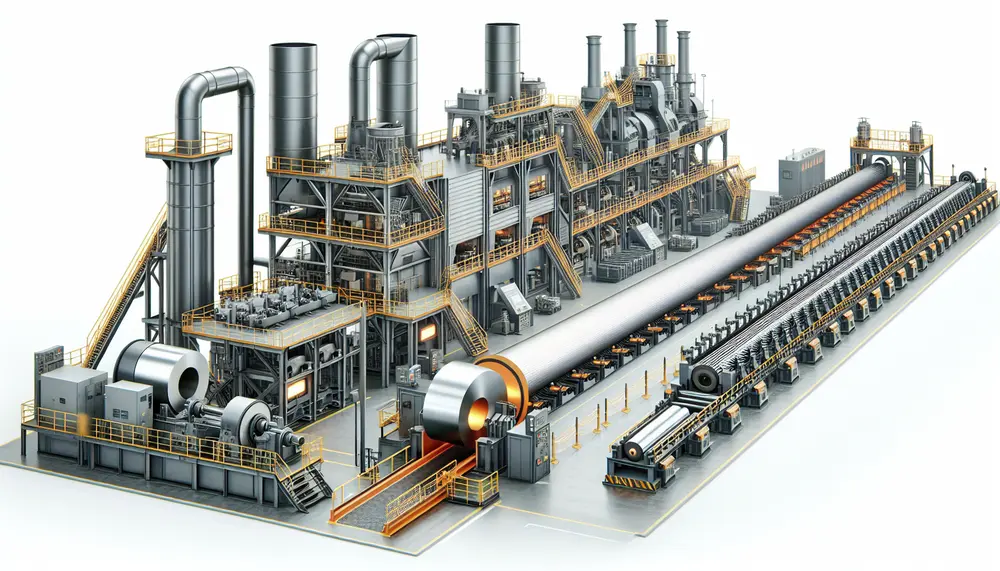
Steel manufacturing is a complex process that transforms iron ore into steel, involving precise heating and mixing to create different grades for various applications. The journey includes primary methods like Basic Oxygen Steelmaking (BOS) and Electric Arc Furnace (EAF), followed...
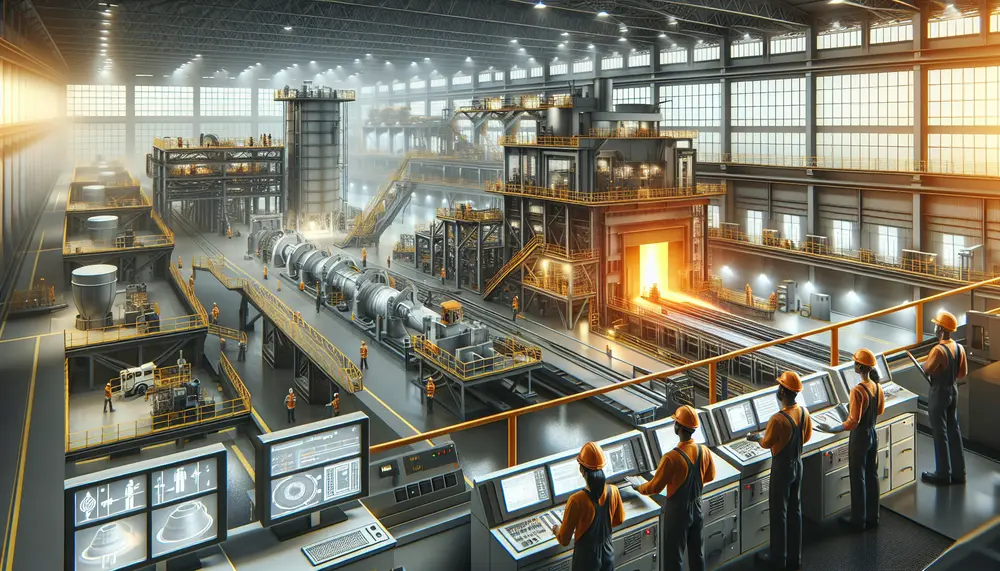
The article explains the importance of understanding a steelmaking flow chart, which outlines each step from raw material preparation to final products, aiding in efficiency and productivity. It details key components like raw materials (iron ore, limestone, coal), primary steps...
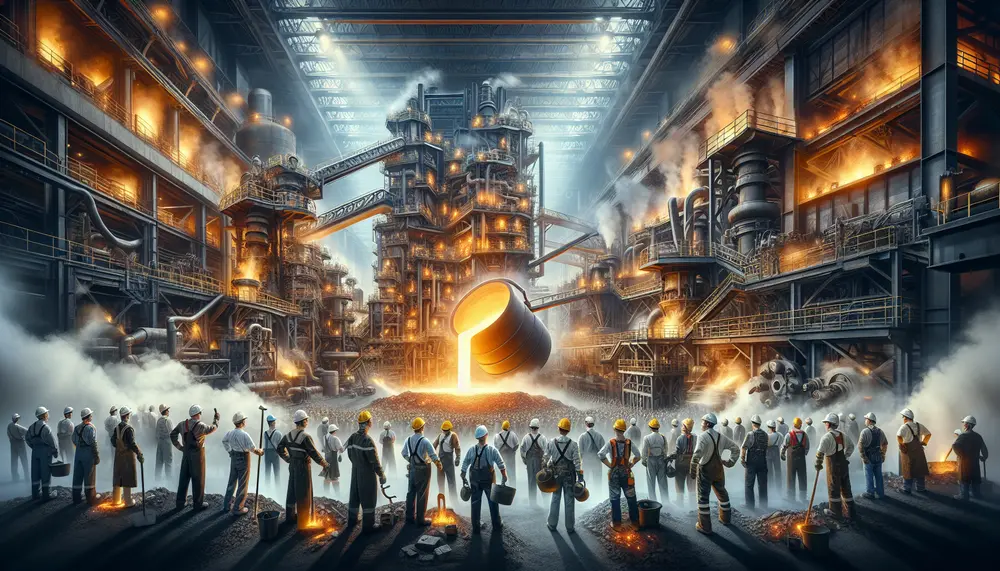
The article provides an overview of steel making, detailing its historical evolution and main processes such as ironmaking, primary and secondary steelmaking, casting, and forming; it highlights the importance of methods like the basic oxygen process and electric arc furnace...
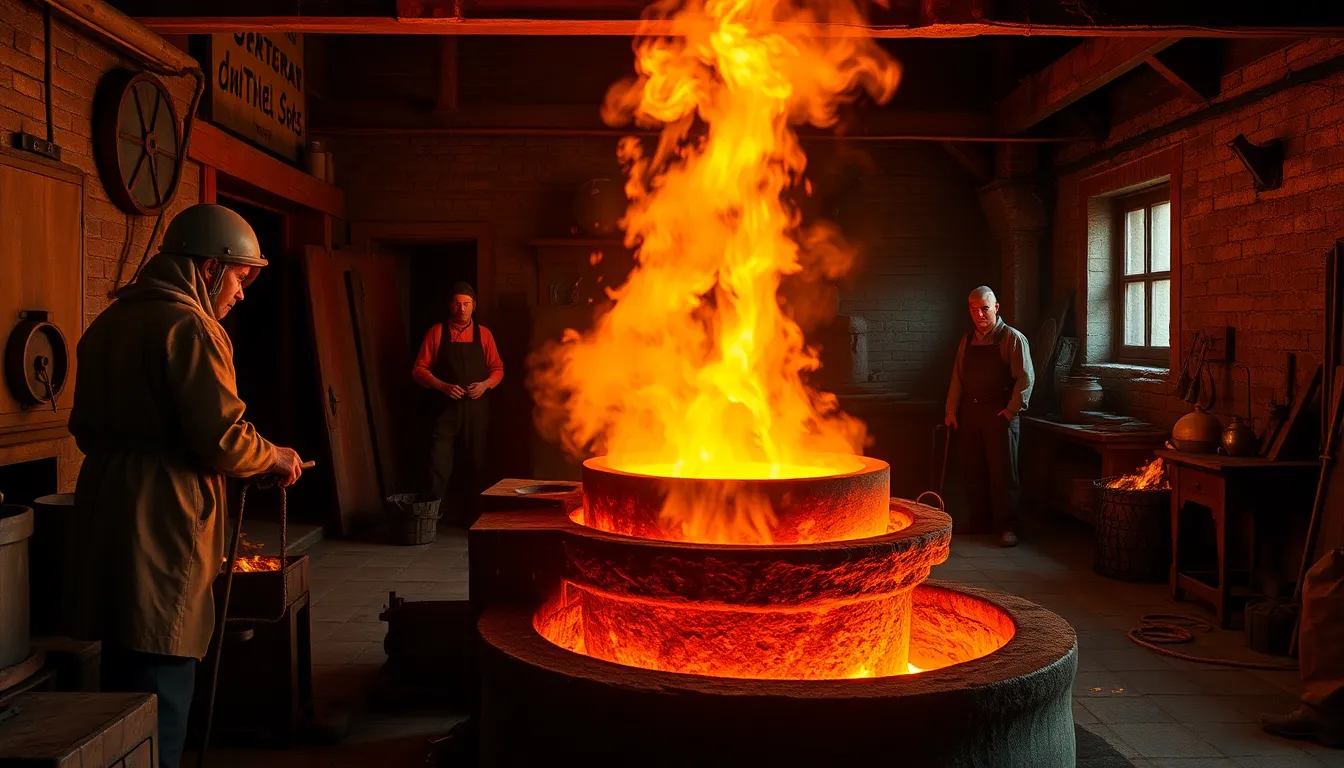
The article traces the evolution of steelmaking from ancient techniques to significant medieval innovations, highlighting early methods like iron carburization and bloomery processes that evolved into more efficient practices with the introduction of blast furnaces. It also covers Renaissance advancements...
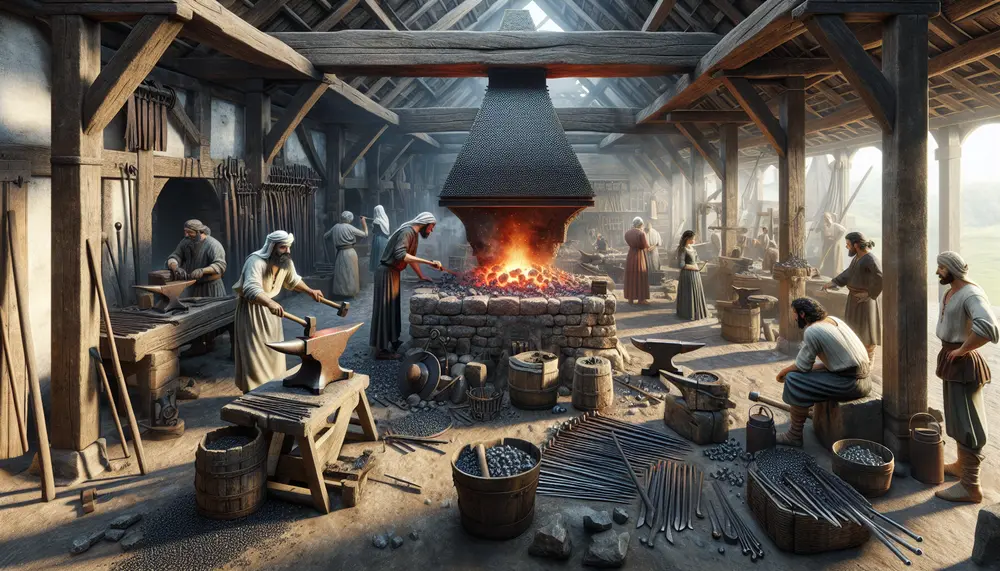
The article "Introduction to Ancient Steel Making" explores the historical context, key techniques, and materials used in ancient steel production across various civilizations. It highlights how early methods influenced modern steel making and underscores the ingenuity of our ancestors in...
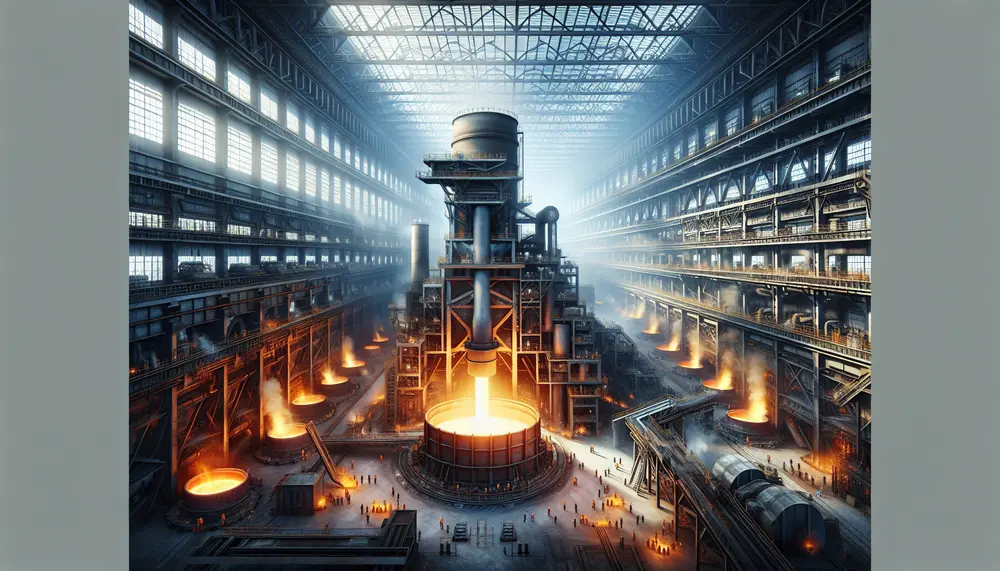
The article traces the history of steelmaking from early iron discoveries around 2,500 BCE to advanced techniques like Chinese cast iron production and Indian Wootz steel. It highlights key innovations such as smelting, forging by the Chalybes, and global influences...
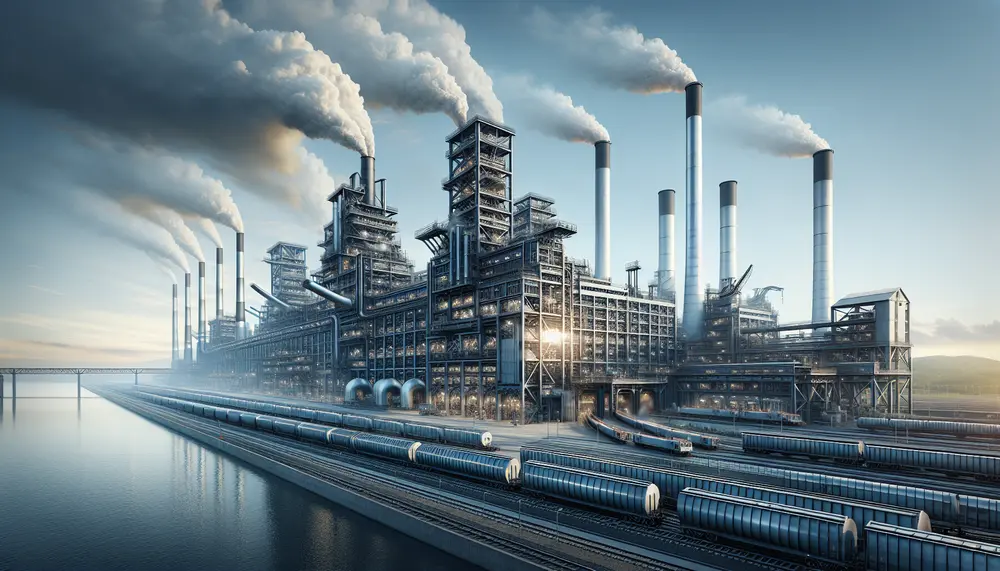
The article explains the steel making process at SAIL Bokaro, highlighting its precision and adherence to quality and environmental standards. It details the journey from raw materials like iron ore, coal, and limestone through various stages including blast furnaces and...
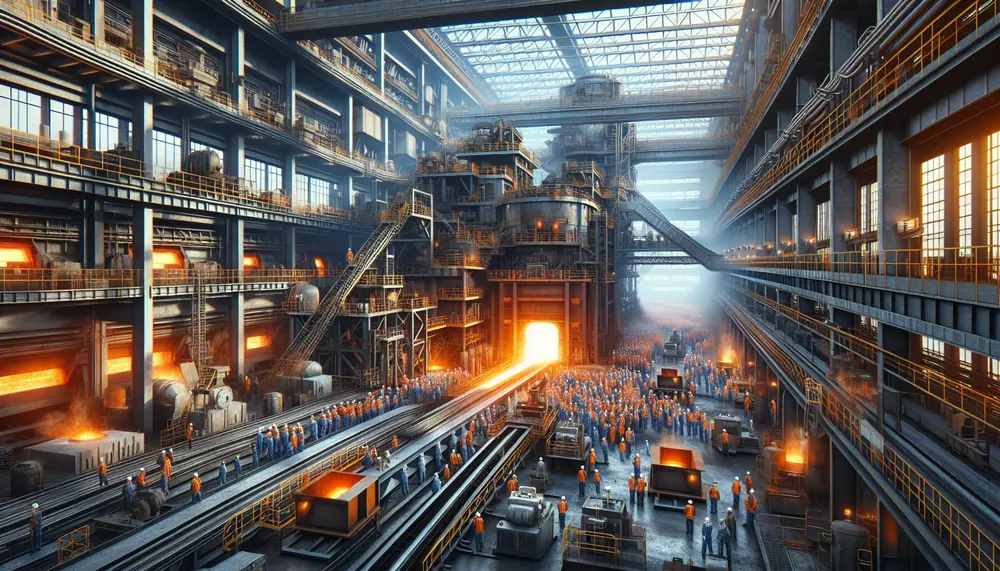
The article provides a detailed overview of the steelmaking process, starting from raw material extraction to final product creation. It emphasizes the importance of understanding each stage and the key materials involved—iron ore, coal, limestone, and scrap metal—to produce high-quality...
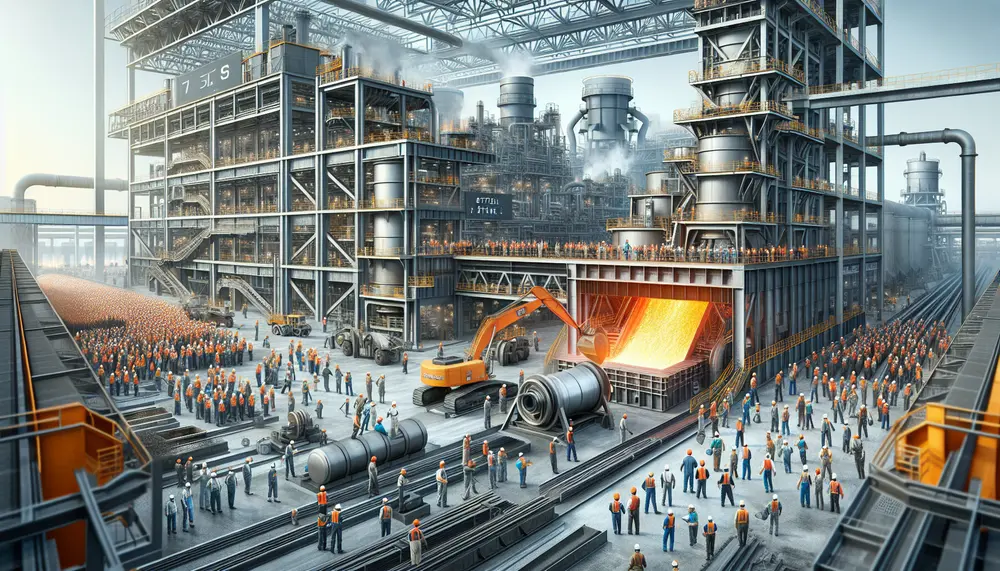
The article explains the steel production process using a detailed steelmaking diagram, which visually breaks down each step from raw material preparation to finishing processes. It covers two main methods of steelmaking—Basic Oxygen Steelmaking (BOS) and Electric Arc Furnace (EAF)—and...
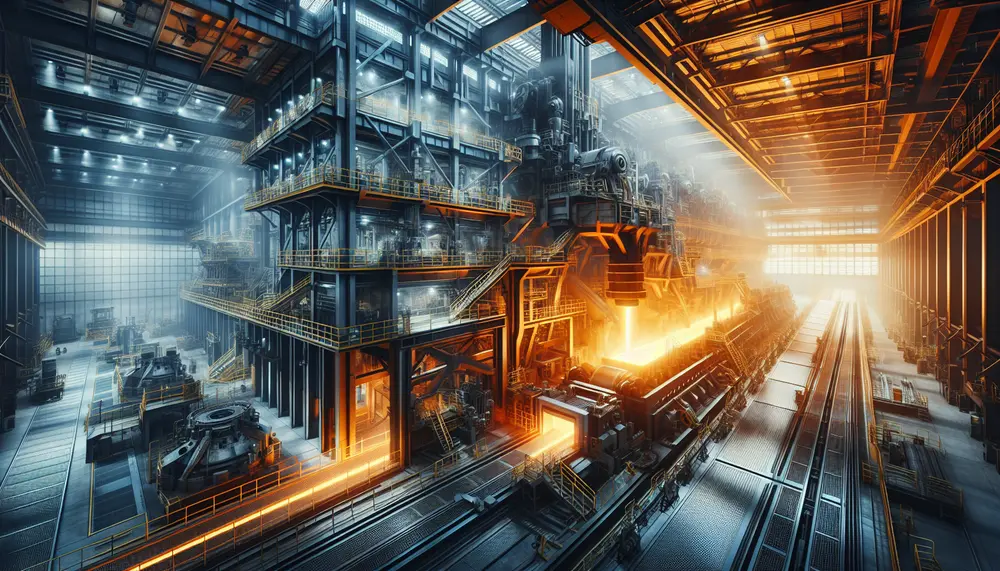
The POSCO steel making process is a sophisticated combination of technology and environmental care, producing high-quality steel through efficient, innovative methods like the FINEX technology. This multi-stage production includes ironmaking, refining in a basic oxygen furnace during the converter phase,...
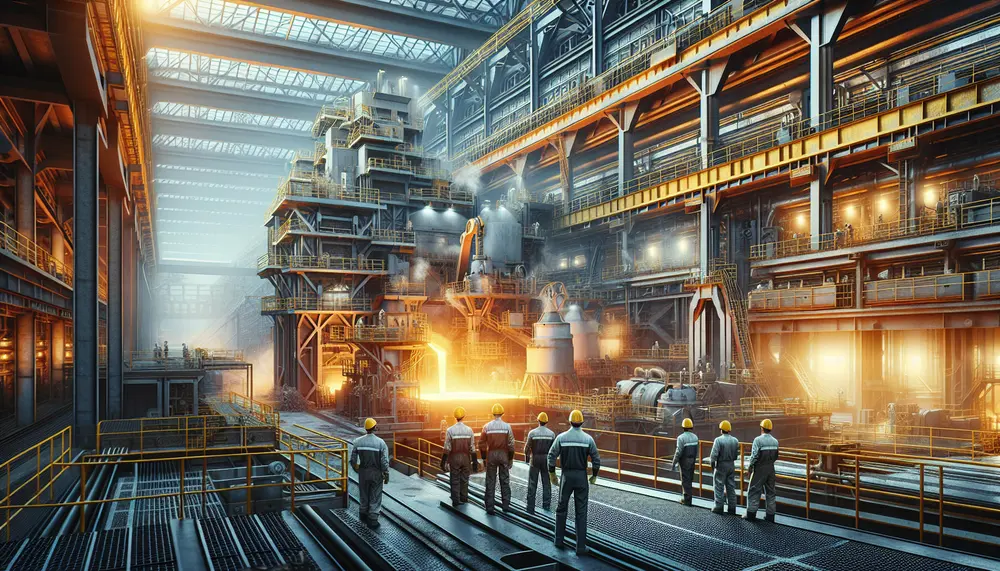
ArcelorMittal's steel making process combines traditional methods with advanced technologies, focusing on sustainability and efficiency. The company continuously innovates to improve quality and reduce environmental impact while maintaining a strategic approach to resource management in the global steel industry....
